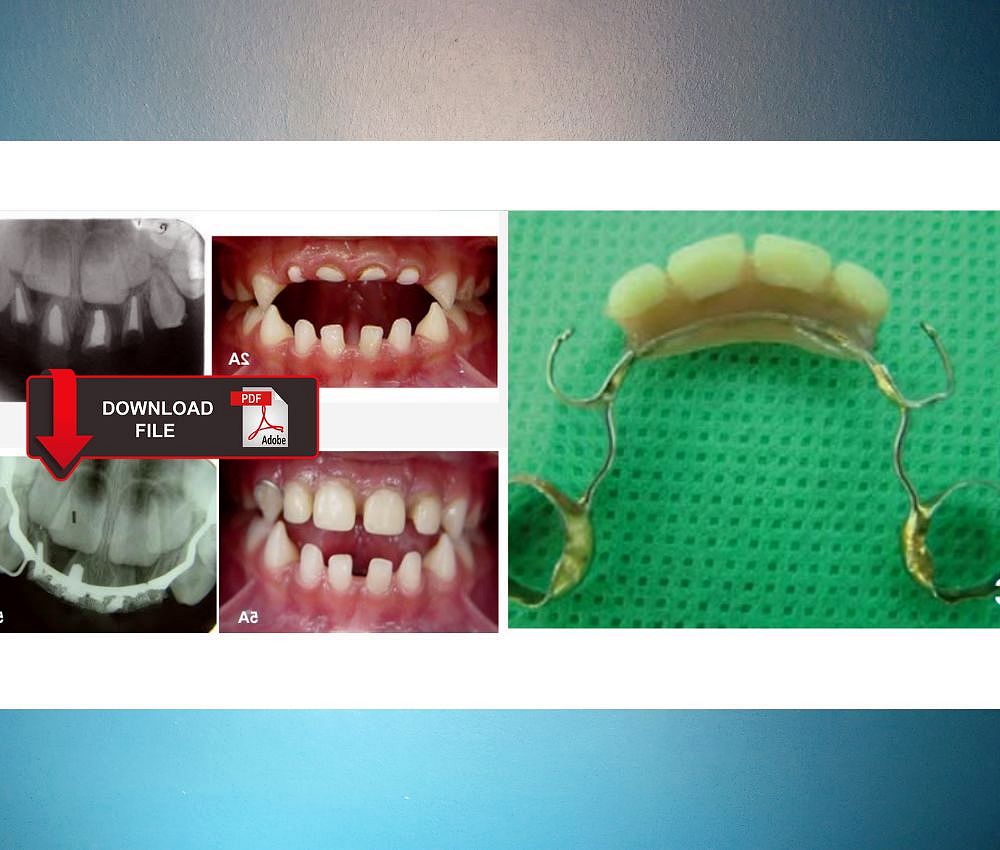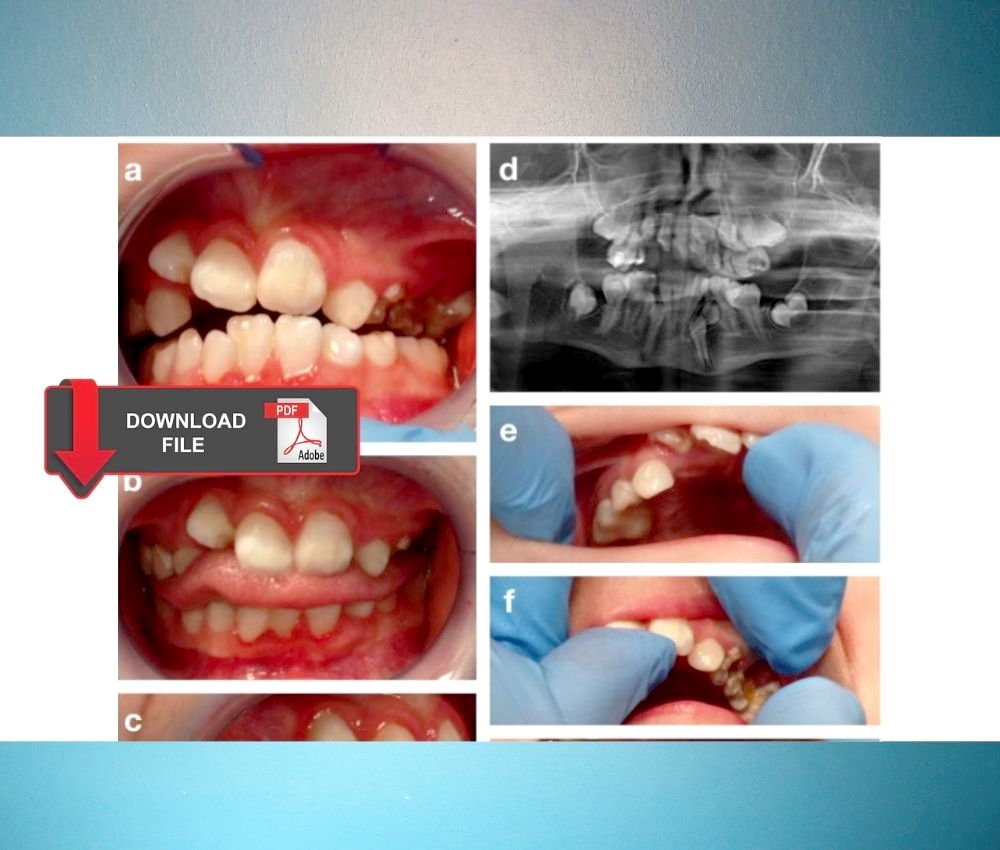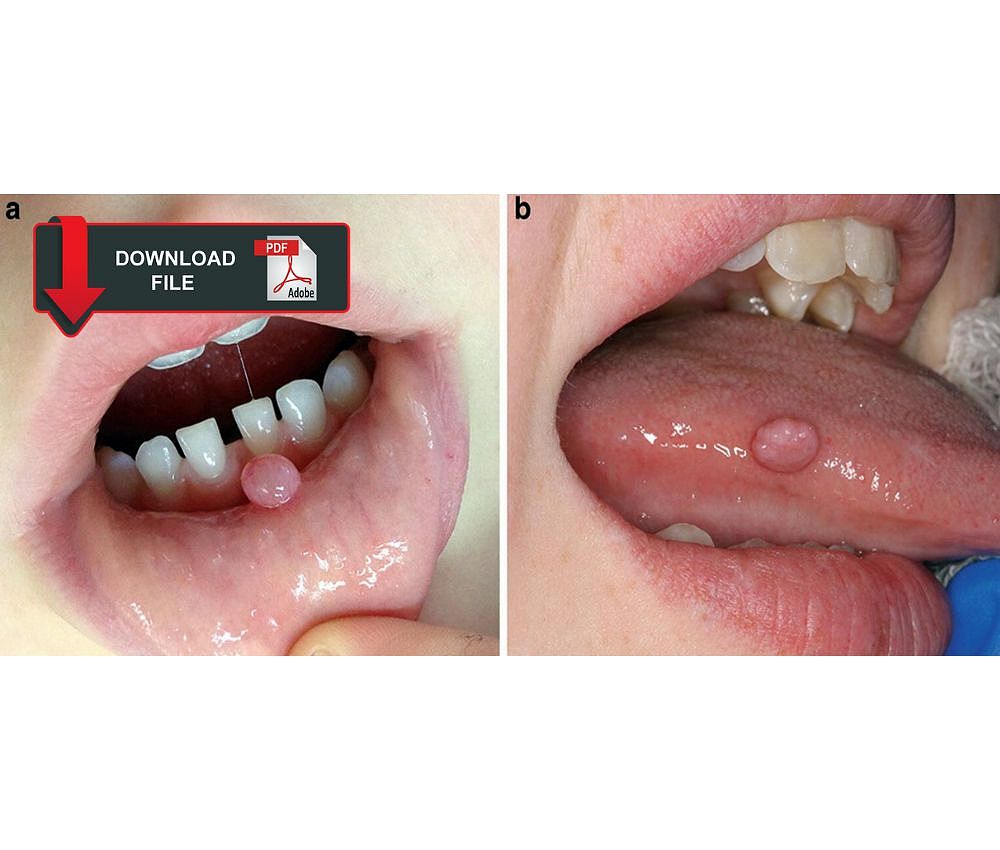Anterior crossbite is a sagittal plane malocclusion, and is characterized when one or more upper incisors have a lingual position with respect to the lower incisors.
The detection and treatment of the anterior crossbite must be at an early age, in this way we stop the factors that trigger this malocclusion and avoid abnormal growth of the jaws.
Advertisement
We share an article that presents the advantages and benefits of transparent aligners in the correction of anterior crossbite in patients with mixed dentition, regarding two reported cases.
RECOMMENDED ARTICLE
Early Orthodontic Treatment: The Essential Knowledge for a General Dental Practitioner
Early Orthodontic Treatment: The Essential Knowledge for a General Dental Practitioner
Staderini E, Patini R, Meuli S, Camodeca A, Guglielmi F, Gallenzi P. Indication of clear aligners in the early treatment of anterior crossbite: a case series. Dental Press J Orthod. 2020 Jul-Aug;25(4):33-43
You may also like :
► Pseudo class III treatment in 2-year-old children
► Early Treatment of Anterior Crossbite with Eruption Guidance Appliance: A Case Report
► Diagnosing Early Interceptive Orthodontic Problems – Part 1













